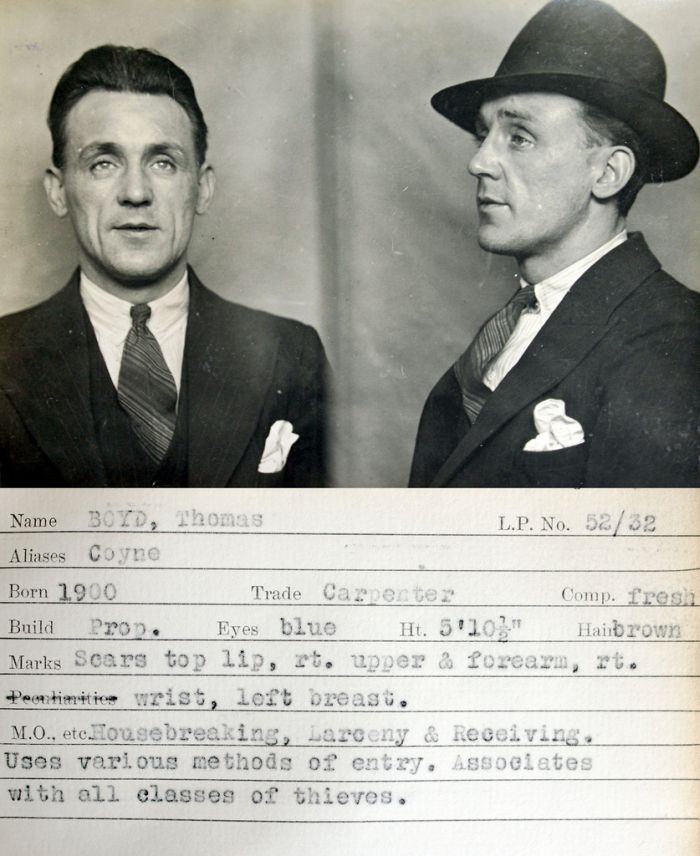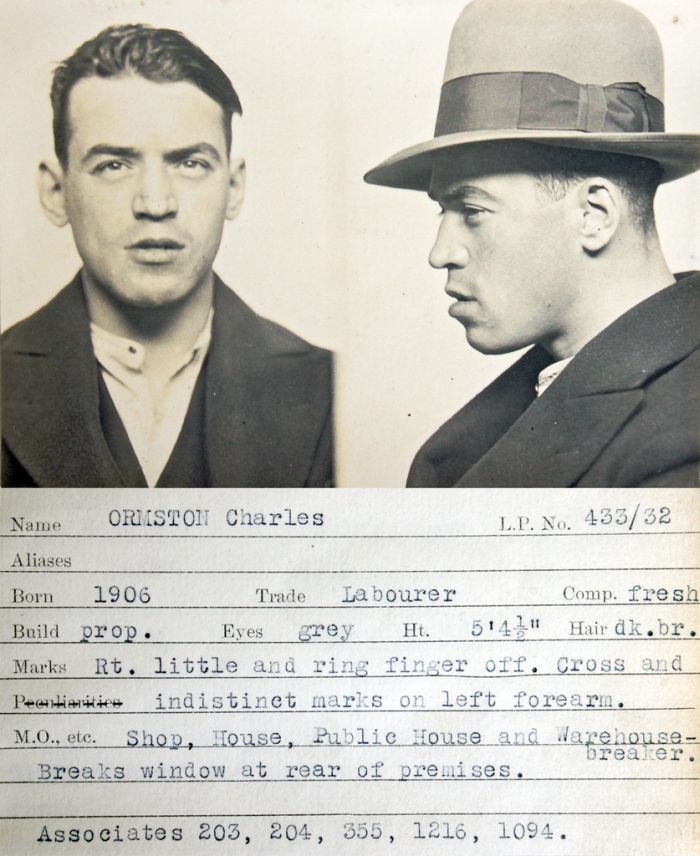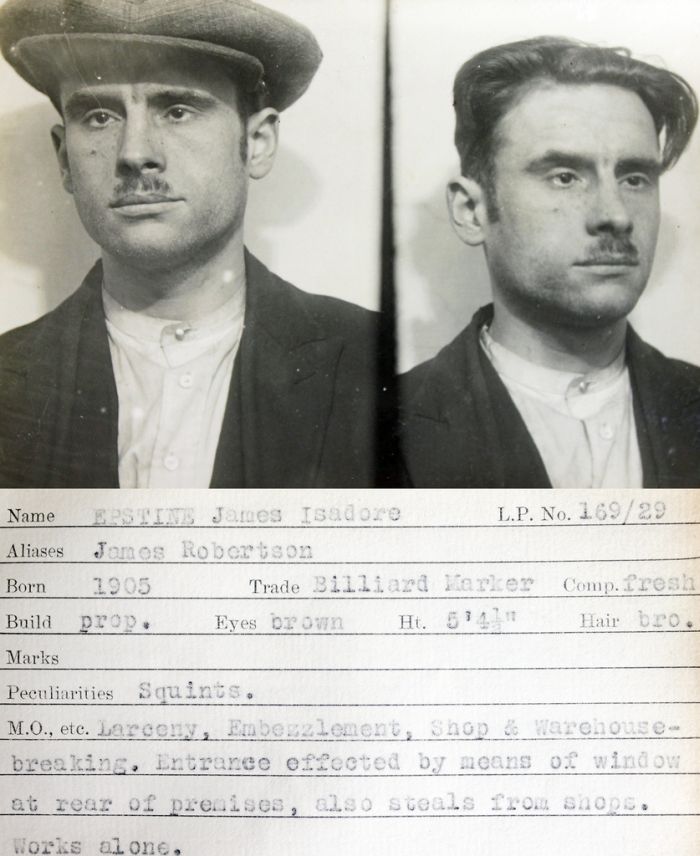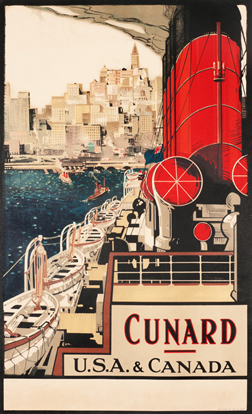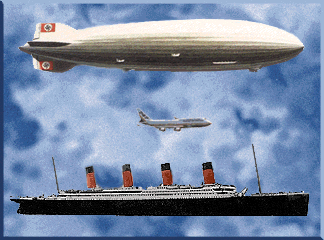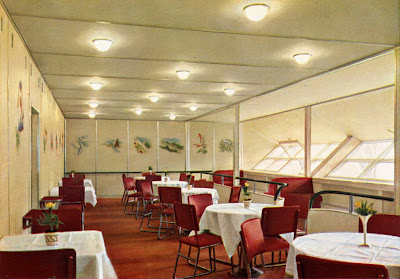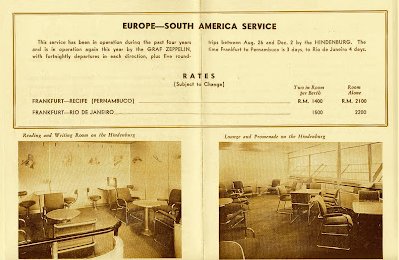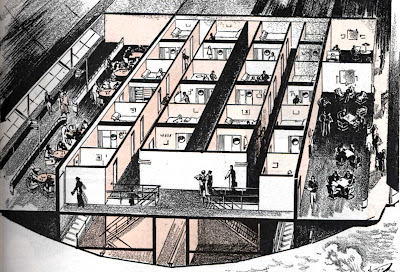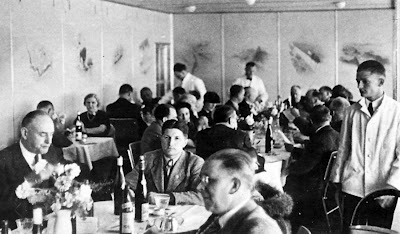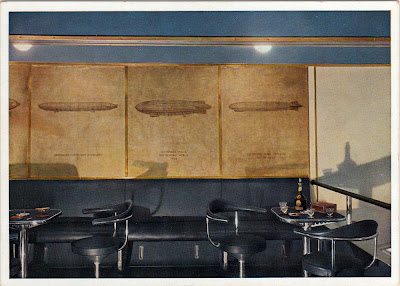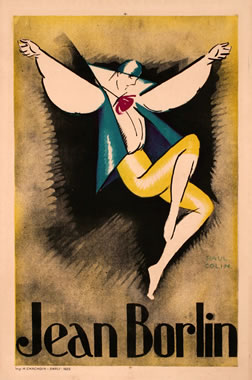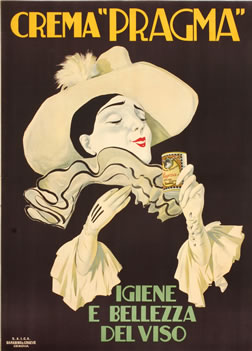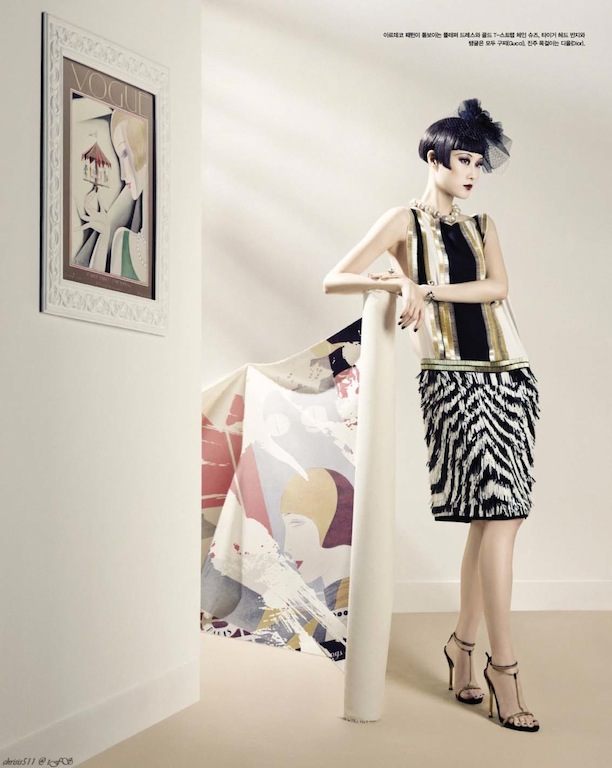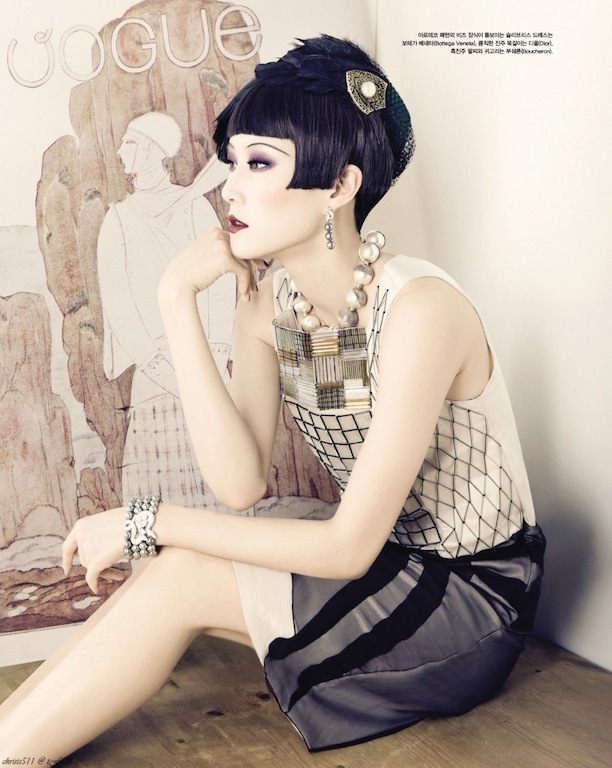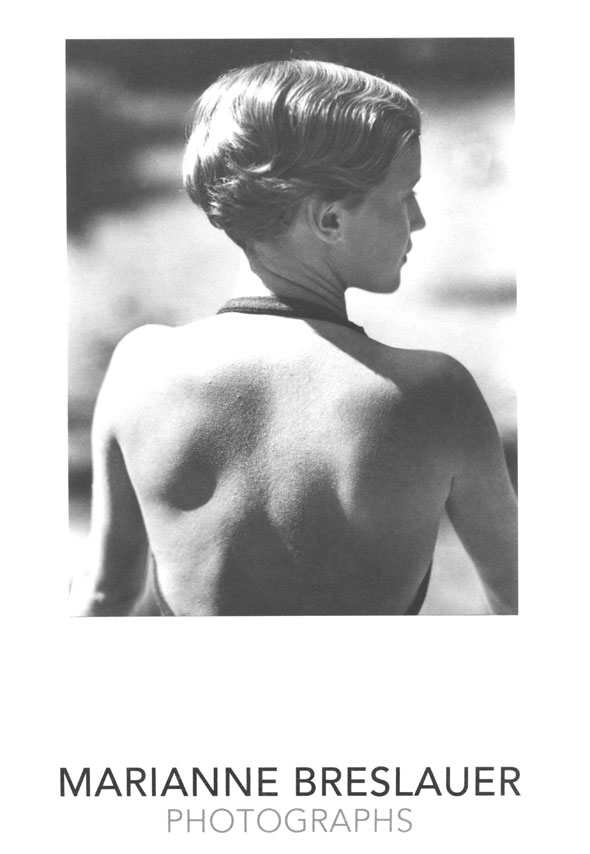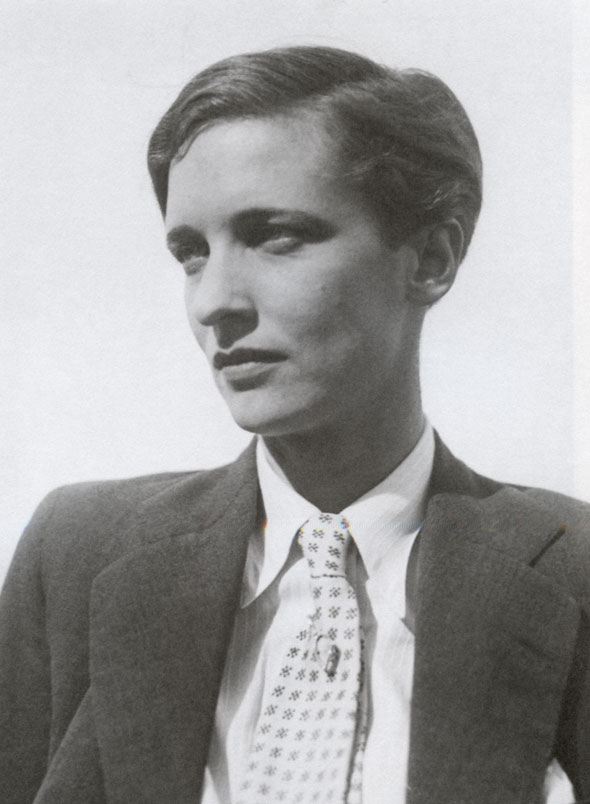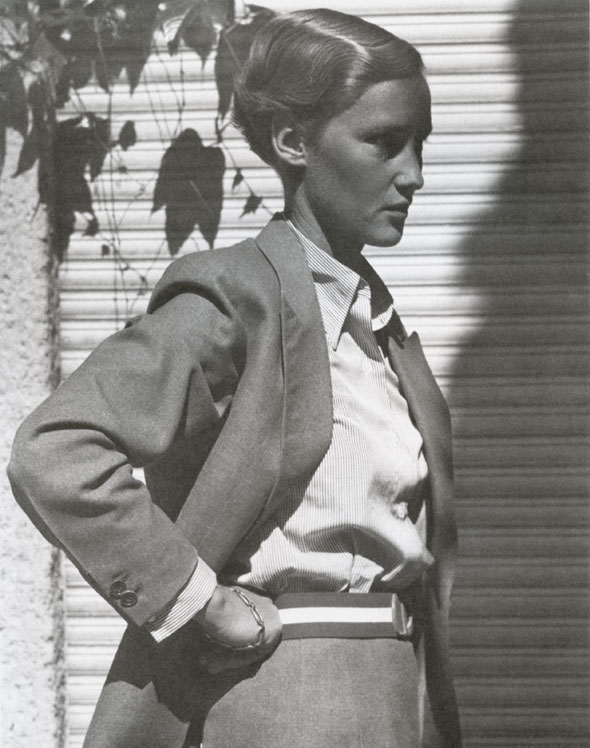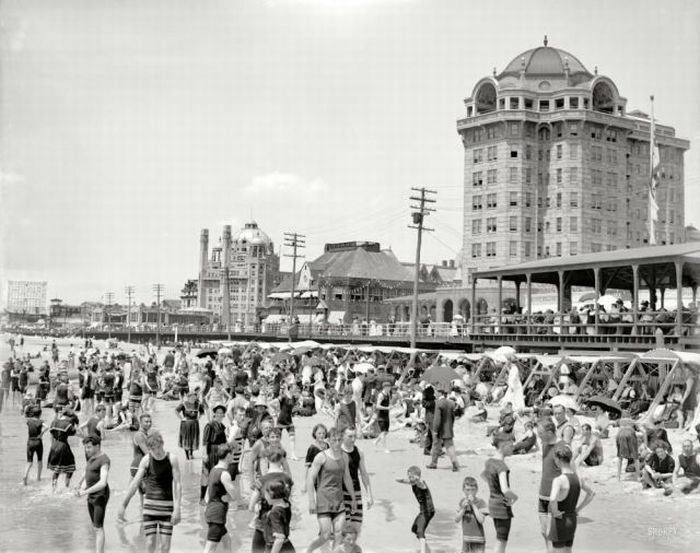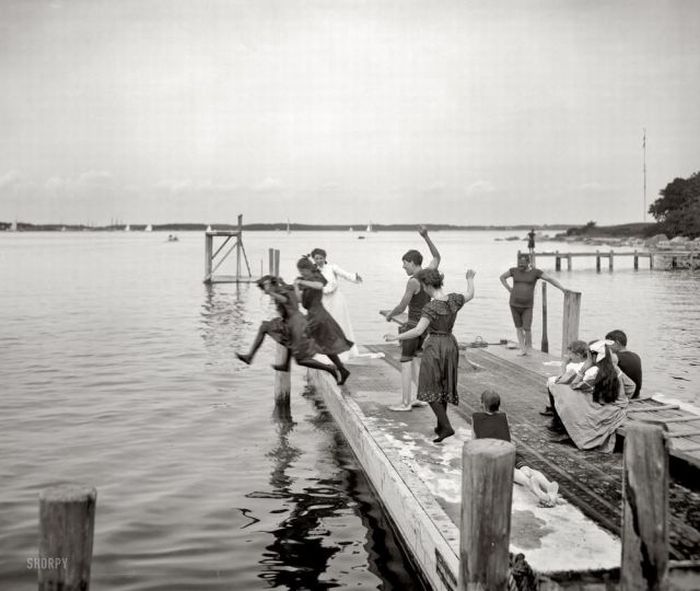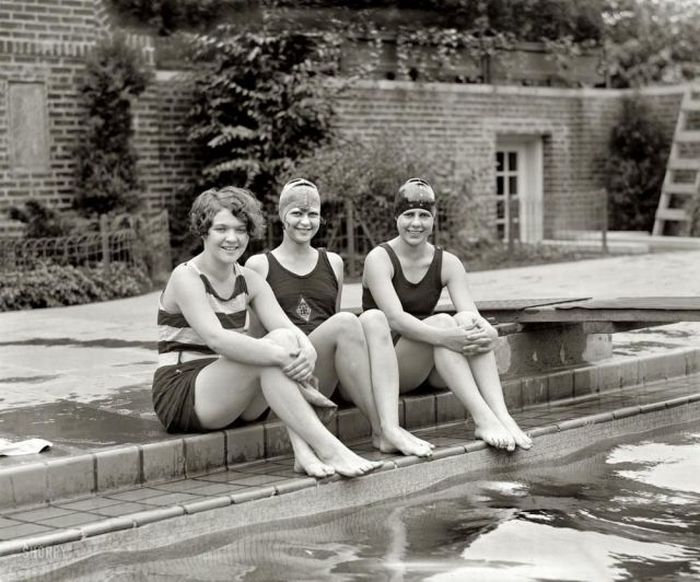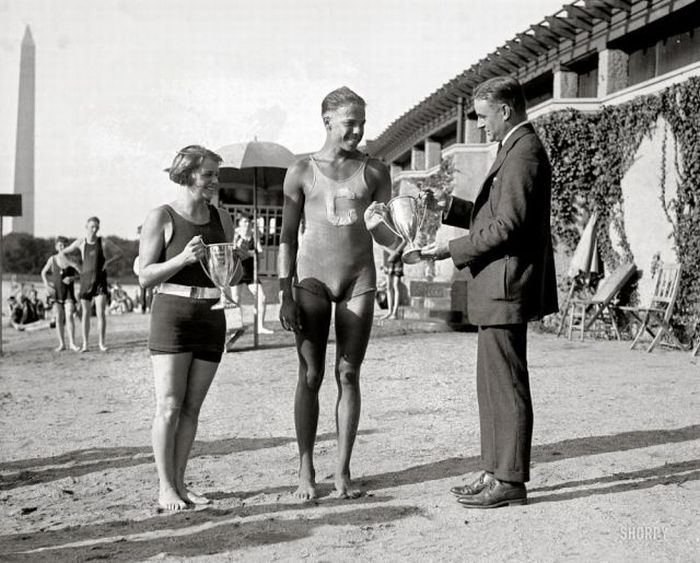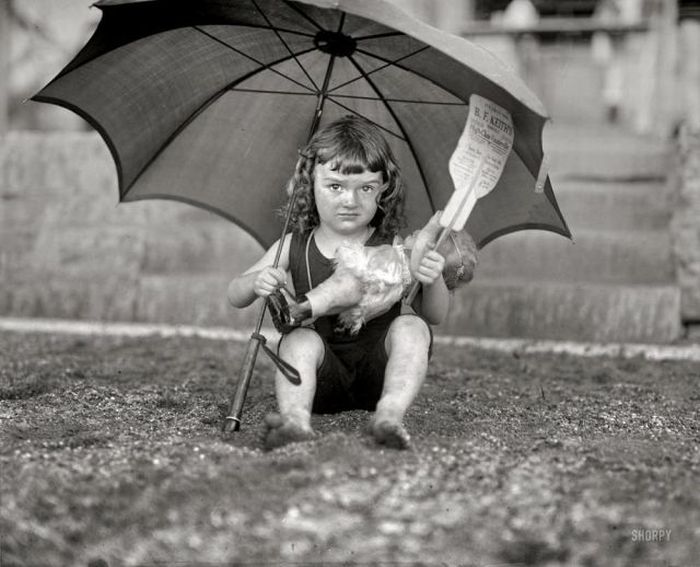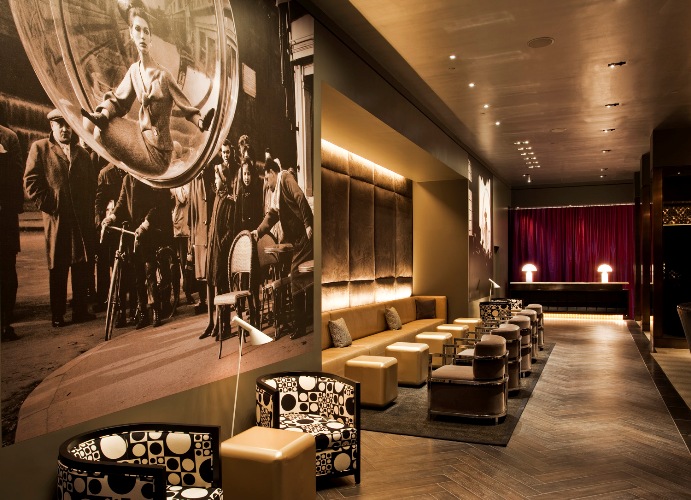


WORLD IN 20'S


 Novembre 2012 ZIEGFELD GIRLS
Martha Washington Hotel 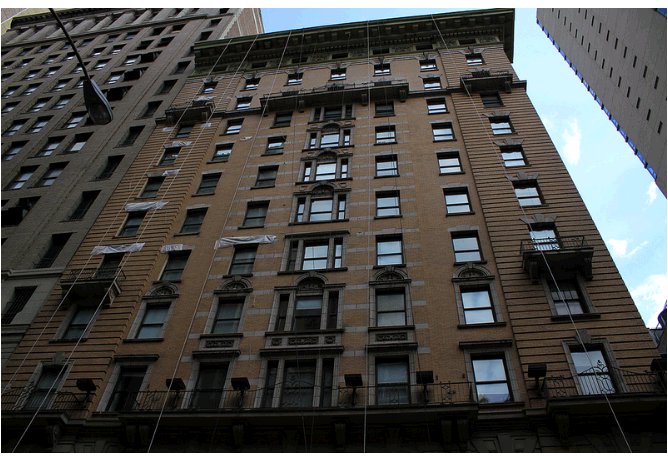 Through the years, residents of the Martha Washington have included poet Sara Teasdale, who lived there for many years after 1913, actress Louise Brooks, who moved there after being evicted from the Algonquin Hotel, and Louise E. Dew, a well-known editor, writer, and lecturer, who edited the Ladies’ World and contributed to many contemporary newspapers and magazines. castrotheatre.com Juillet 2012
Juin 2012 "Swing Twenties" Lee Hyun Yi by Hyea W. Kang for Vogue Korea 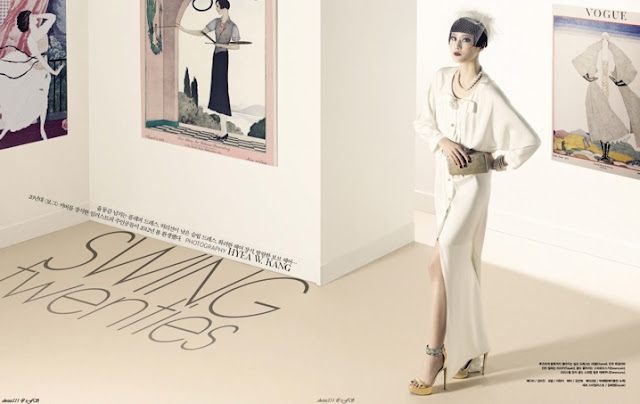
Source: Dustyburrito/Blogspot | Juin 2012
Marianne Breslauer Marianne was born in Berlin, the daughter of the architect Alfred Breslauer (1866–1954) and Dorothea Lessing (the daughter of art historian Julius Lessing). She took lessons in photography in Berlin from 1927 to 1929, and became an admirer firstly of the then well-known portrait photographer Frieda Riess and later of the Hungarian André Kertész, although she saw her future as a photographic reporter. In 1929 she travelled to Paris, where she briefly became a pupil of Man Ray. A year later she started work for the Ullstein photo studio in Berlin, headed up by Elsbeth Heddenhausen, where she mastered the skills of developing photos in the dark-room. Until 1934 her photos were published in many leading magazines such as the Frankfurter Illustrierten, Der Querschnitt, Die Dame, Zürcher Illustrierten and Das Magazin.
Mai 2012 La garçonne et le maquillage dans les années 1920 Publié le 29 mars 2012 par Cameline sur Paperblog.fr, un bon article sur ce sujet rarement évoqué en français

Paperblog Avril 2012 Beaches of the past
Mars 2012
Février 2012 CARS Source: Influx.co.uk Janvier 2012 ART DECO LOLA Hotel (New York City)
scenicrunway Décembre 2011 ART DECO 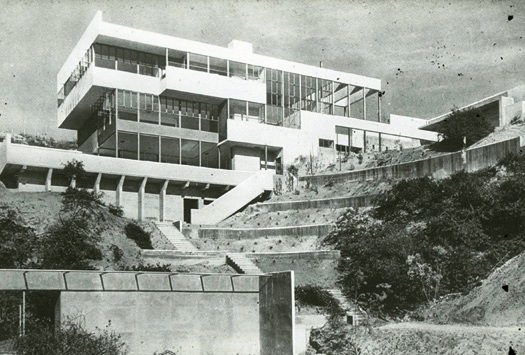 Source: Socalarchhistory Novembre 2011 DALI: SPECTRE/SOIR, 1930 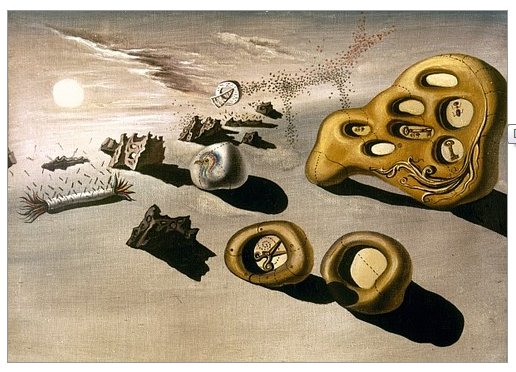 Spectre du Soir. Oil on canvas by Salvador Dali, 1930. Credit: The Granger Collection, NYC — All rights reserved.
|

